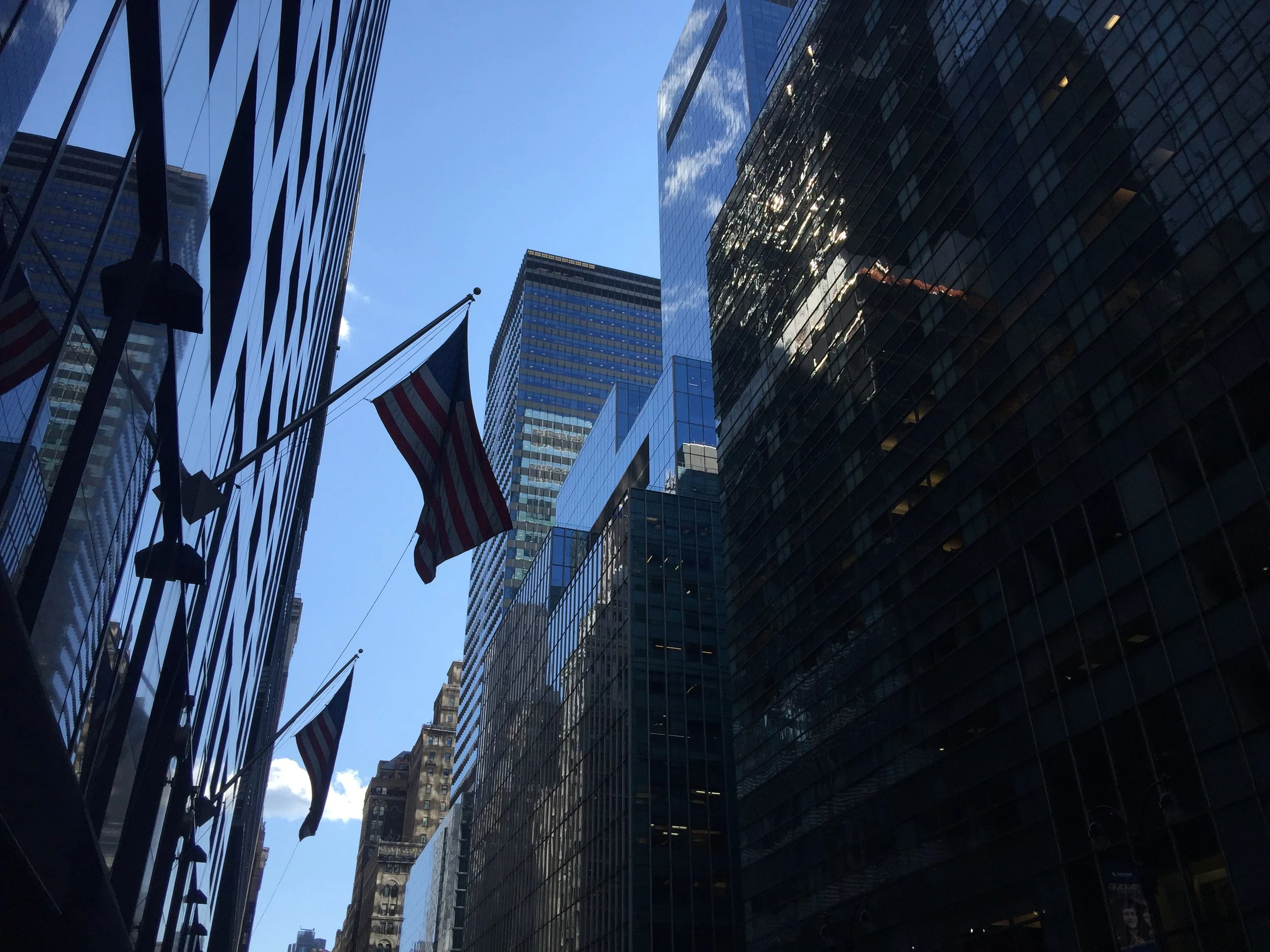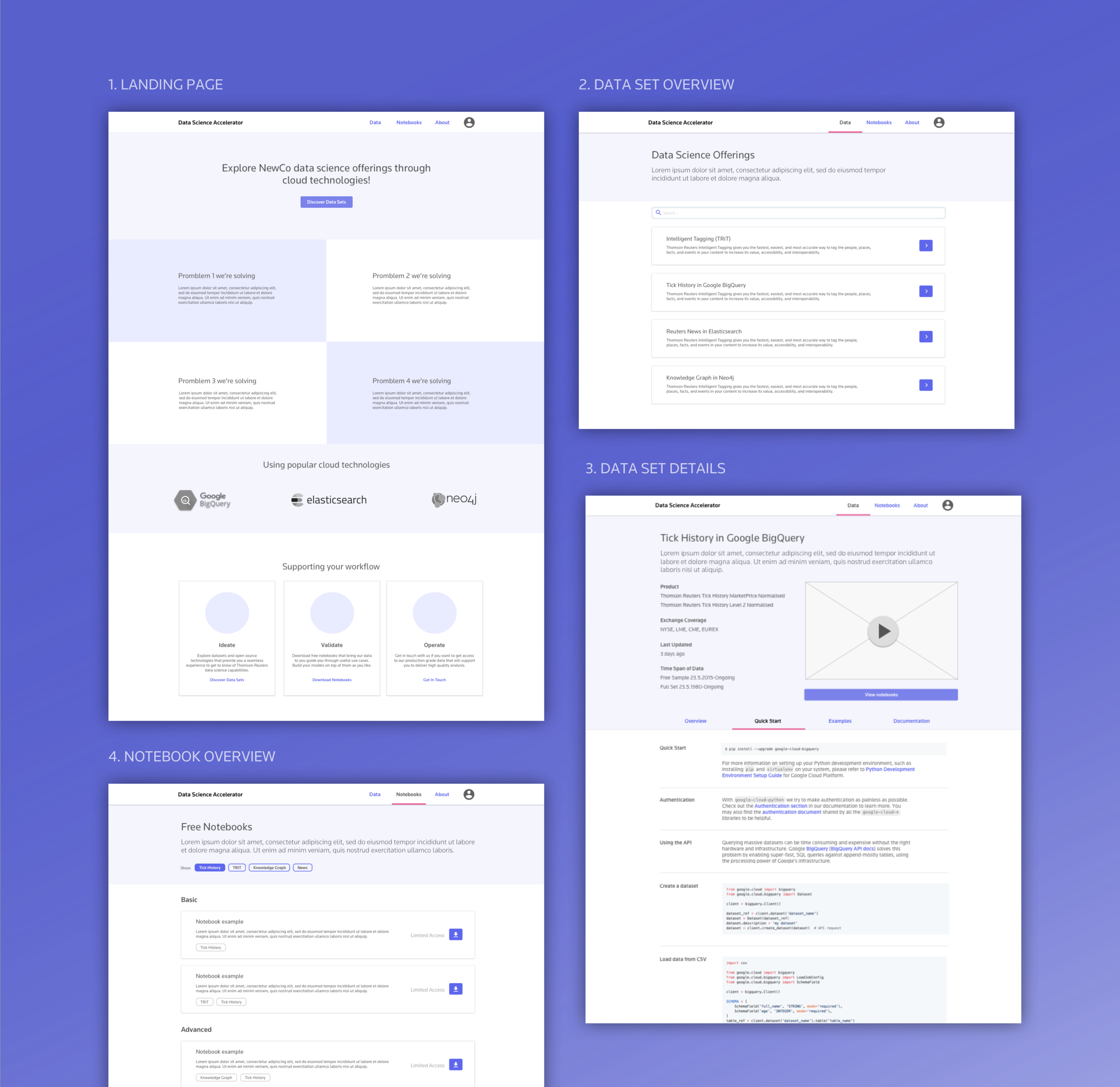Data Science Accelerator
A Data Scientist needs data in order to do their job. However, at present, it can be a rather complex process for them to get hold of Thomson Reuters data. This is why I was set out to validate the problem space with Data Scientists and created the concept of Data Science Accelerator.
Data Science Accelerator aims to make Thomson Reuters competitive in data science space that is rapidly growing and evolving. To achieve this, I designed methodology for customer engagement, interviewed Data Scientists around the globe and sketched and tested the concept.
ROLE: UX Researcher & Designer
METHODS: Workshops, User Interviews, Personas Prototyping & User Testing
TOOLS: Sketch & InvisionMethodology I planned and executed for the first phase of customer engagement that was designed to validate the problem space and gather requirements for the concept.
Snapshots from the field study in London and New York.
First draft of user flow with early wireframes. The interactions in the system are mapped with different phases of users workflow. This diagram was used to collect detailed feedback about each of the phases that could be fed into the designs.
Wireframes of the Data Science Accelerator concept. The concept was sketched and iterated alongside the interviews. An simple wireframe workflow was presented to the data scientists so that they could reflect how well it fits with the current way of working.
Final designs of the site after visual design and development (not made by me) were applied on my wireframes.
“What has taken 4-5 weeks to do before would take 5-10 minutes now. ”
“I can play with this and see what kind of data I could get. I feel that I have access to data here. ”
“Johanna has been instrumental in helping the business understand the importance of customer engagement and in helping to effectively guide new product development. She has led by example, worked hard and the output speaks for itself. The customer interview report for the DSA project will shape that particular product as well as the way the company approaches design-led innovation.”
Shaping future work
My customer engagement methodology handover included:
Guidelines for approaching and recruiting customers
Interview guidelines for customer engagement
Presentation guideline for communicating the findings
Plan for further customer engagement
This project was a one of a kind example of broad and systematic customer engagement at Thomson Reuters. My work with customer engagement received extremely positive feedback across the organisation. I documented my process so that in can be replicated in future work. These guidelines were implemented straight away in new projects with my guidance.










